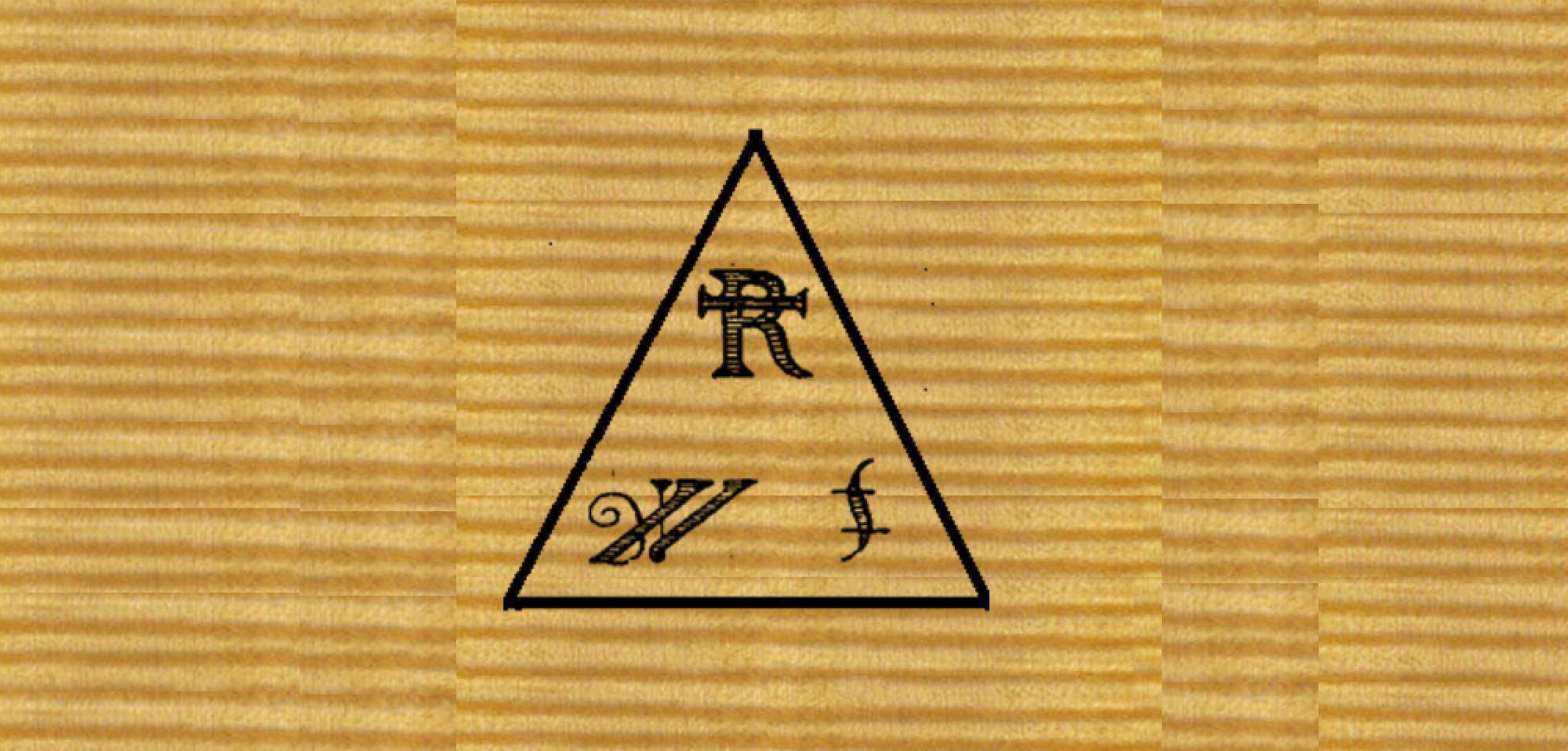Violin Varnish Ltd.


“Ancient Alchemical Formula for Varnish”
Applying the Balsam Ground – Basic instructions
Alcohol Steps
- Prepare the wood for varnishing, including raising the grain if desired.
- Apply denatured alcohol or Everclear to the spruce.
- Apply Balsam Preparation #1 to the entire instrument. Repeat if desired.
- Mix Balsam Preparation #2 with alcohol: 1 part Balsam #2 : 3 parts alcohol.
- Apply diluted #2 to the entire instrument. Repeat if desired.
- Mix a portion of the diluted#2 with Aged Wood Gold.
- Apply to the entire instrument. [Note: Aged Wood Gold has a garish yellow/green tint when applied. Hand the instrument in the sun or in a UV box and the garish color will quickly fade to the “correct” wood color. In direct sun this process takes about 1 ½ hours.] Repeat if desired.
- Apply Aged Wood Red Brown and/or Aged Wood Gray Green undiluted if desired.
- Apply diluted #2 to entire instrument:.
- Allow alcohol to completely evaporate.
Turpentine Steps:
- Mix Balsam Preparation #3 with Turpentine: 1 part Balsam #3 : 3 parts turpentine.
- Apply to entire instrument. Repeat if desired.
- 13. Apply Aged Wood Color Dark Brown undiluted if desired.
- Mix Balsam Preparation #4 with Turpentine: 1 part Balsam #4 : 3 parts turpentine.
- Apply to entire instrument. Repeat if desired.
- Using cheesecloth very slightly dampened with turpentine clean any shiny surface build up. All materials should be in the wood not on the wood.
- Mix Balsam Ground Varnish with Turpentine: 1 part Balsam Ground Varnish : 3 parts turpentine.
- Apply a thin coat to entire instrument. Do not put the instrument or the brush down. Watch the instrument. In a few moments you will see the varnish begin to look dull. Take you brush [without any more varnish] and dry brush the entire instrument to insure penetration.
- Repeat application of diluted Balsam Ground Varnish if desired.
Note: Use only Diamond G Turpentine
Link: http://www.diamondgforestproducts.com/







 I make several models of pegs and am constantly adding models as time and interest dictate. Some of these are styles of baroque pegs. The collars and pips of contrasting wood or other natural materials are glued on as blanks and returned on the pegs. I have mastodon ivory, available on request, for this purpose, but most often use African blackwood as an accent material. The heart-shaped, or “Hill” style pegs are the most popular. I also make copies of the classic Mirecourt pegs with concave faces and elegant simplicity. Another style is the peg attributed to Antonio Stradivari and pictured in the Hill book on the master.
I make several models of pegs and am constantly adding models as time and interest dictate. Some of these are styles of baroque pegs. The collars and pips of contrasting wood or other natural materials are glued on as blanks and returned on the pegs. I have mastodon ivory, available on request, for this purpose, but most often use African blackwood as an accent material. The heart-shaped, or “Hill” style pegs are the most popular. I also make copies of the classic Mirecourt pegs with concave faces and elegant simplicity. Another style is the peg attributed to Antonio Stradivari and pictured in the Hill book on the master.














